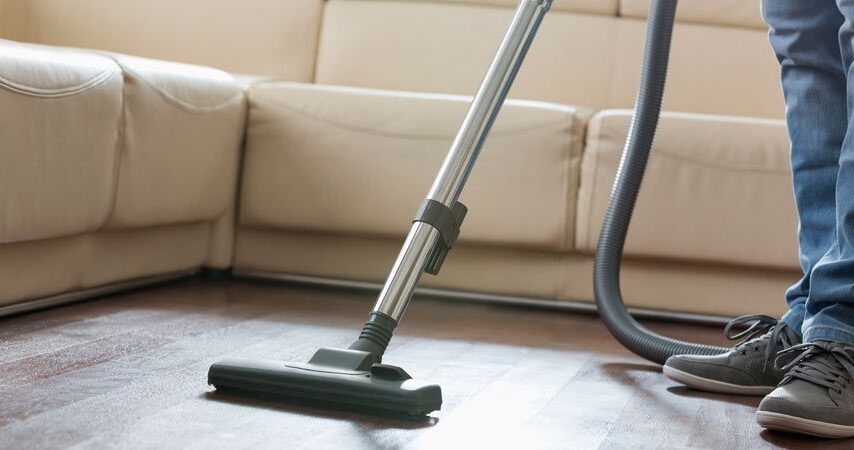A flooded basement is the worst. It’s a smell that can linger for weeks, and it can be very hard to get rid of. Going through this experience, you may have found yourself wondering how you were going to de-musty your home without spending hundreds or thousands of dollars on new furniture. Luckily, there are easy ways to remove mustiness in your home by using natural products like baking soda and vinegar!
If you’re trying to make your house feel less damp after water damage, these tips will help deodorize and dry out any wet spots in no time. You’ll even find that many of these methods work when cleaning up mildew as well!
If your basement smells like dirt and mildew…
● Boost Your Basement’s Drying Power
If the smell in your basement is powerful, you need to make it work overtime. Boost its drying powers by installing fans that will vent air outside. You’ll also want to increase airflow by opening windows and doors in rooms nearby. The more air circulation, the better chance there is of removing mustiness.
If your basement still smells moldy after all of this, you have some work to do. Layout a few fans around the room and turn them on high. Leave them for an hour or two, then wipe down the walls with soap and water. Boosting ventilation works, but it might take a while before your house no longer smells musty.
● Use Baking Soda to Get Rid of Musty Odors
It can be hard to remove mustiness from a flooded basement, but baking soda has powerful absorbent abilities that will help combat an overly damp house. You can either sprinkle it on the carpets or use a vacuum. The baking soda will absorb excess moisture, making the air musty and help to dry out any wet spots.
● Use Vinegar or Baking Soda on the Carpet
You can get rid of musty smells in your carpet fairly easily if you use vinegar or baking soda solution. Mix one part white distilled vinegar with five parts water and add it to a spray bottle. Shake vigorously and then spray the ceiling, wall, and floor surfaces of any wet spots until they’re completely saturated. Then, scrub the surfaces down with a brush and let them dry out for at least twenty-four hours before replacing furniture.
If your basement smells damp…
● Create Space for Drying Out
Your basement might still have a mildew smell if there are some wet spots that you didn’t know about. You need to create space to help air circulate the room and dry it out. Move furniture away from walls, including heavy pieces like bookcases. Put some fans around the room, if possible, to speed up the drying process.
If you have some wet spots under furniture or fixtures, pull everything out at once, so there is space for maximum airflow. Increase ventilation as much as possible and leave the windows open for a couple of hours before coming back into your house to wipe down the walls and floor.
● Clean the A/C Drain With Vinegar
You might have a musty smell in your house because the swamp cooler has backed up and is dripping water into the ducts. Clean the clog out of the drain on your HVAC system, then mix up a vinegar and water solution to dump into its drain. The vinegar will help get rid of mustiness while cleaning any mold that might be present in your air ducts.
● Use White Vinegar to Clean Mildew
White distilled vinegar mixed with water will make an excellent cleaning solution for musty mildew on any surface in your home. It’s also a good idea to clean any mold that might be in your vents with vinegar and water; mix equal parts of white distilled vinegar and water and pour the liquid directly onto the air return grilles in your house.










